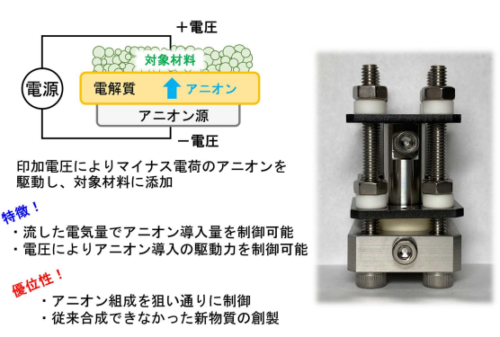2023-09-07 カリフォルニア大学サンディエゴ校(UCSD)
◆ハスのゲノムは唯一解読されたアボカドのバリエーションであり、アボカド栽培は進化的に多様であるため、他のアボカドのゲノムを解明することは重要です。アボカドの品種改良は現在も難しいため、この研究は将来的な脂質関連のがん治療の基盤を築く可能性があります。アボカドは90%の栽培にハスが占めており、市場を支配しています。しかし、アボカドは成熟が遅く、繁殖システムや異ジコガミの性質があるため、品種改良が難しいのが現状です。研究は、アボカドの遺伝子組成を解明し、品種改良に役立つ遺伝子を見つけることを目的としています。
<関連情報>
- https://today.ucsd.edu/story/avocado-genome-is-at-the-center-of-new-study
- https://academic.oup.com/g3journal/article/13/2/jkac323/6883622?login=false
アボカドの家畜化に関する洞察と異種交配の遺伝的要因の可能性 Insights into the domestication of avocado and potential genetic contributors to heterodichogamy
Edwin Solares, Abraham Morales-Cruz, Rosa Figueroa Balderas, Eric Focht, Vanessa E T M Ashworth, Skylar Wyant, Andrea Minio, Dario Cantu, Mary Lu Arpaia, Brandon S Gaut
G3 Genes|Genomes|Genetics Published:08 December 2022
DOI:https://doi.org/10.1093/g3journal/jkac323

Abstract
The domestication history of the avocado (Persea americana) remains unclear. We created a reference genome from the Gwen varietal, which is closely related to the economically dominant Hass varietal. Our genome assembly had an N50 of 3.37 megabases, a BUSCO score of 91%, and was scaffolded with a genetic map, producing 12 pseudo-chromosomes with 49,450 genes. We used the Gwen genome as a reference to investigate population genomics, based on a sample of 34 resequenced accessions that represented the 3 botanical groups of P. americana. Our analyses were consistent with 3 separate domestication events; we estimated that the Mexican group diverged from the Lowland (formerly known as “West Indian”) and Guatemalan groups >1 million years ago. We also identified putative targets of selective sweeps in domestication events; within the Guatemalan group, putative candidate genes were enriched for fruit development and ripening. We also investigated divergence between heterodichogamous flowering types, providing preliminary evidence for potential candidate genes involved in pollination and floral development.



